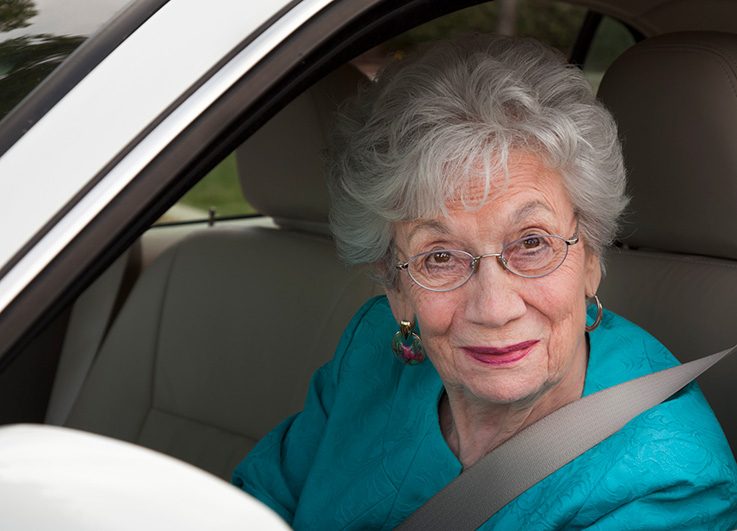
Study reveals habits of older drivers
A new study by The George Institute for Global Health has revealed the driving patterns of people aged over 75 in a bid to improve road safety across Australia.
380 older drivers in Sydney joined the study and had GPS black box devices installed in their vehicles to measure distance driven, routes taken and time of travel.
Their movements were tracked for 12 months and revealed on average older people drove 7,280km per year, they reduced their time spent on the road as they aged, and close to half did not regularly drive at night.
Half of the older drivers also underwent a safe transport course to manage their driving skills and encourage alternative forms of transport. The education program increased readiness to self-regulate driving habits but did not reduce their overall mileage.
With road deaths on the rise for those over the age of 65, the study highlights the need for comprehensive programs to help older drivers navigate the roads safely.
Lead author Associate Professor Lisa Keay said: “By 2030 there will be half a million people aged over 65 driving on NSW roads alone, so it’s essential that we understand their driving patterns. Being mobile is important to many older drivers, but we need to ensure they are driving safely and not harming themselves or other road users.
“Our study showed that those who underwent the course were ready to self-regulate their driving and avoid high risk situations such as driving alone or on high speed freeways which was really positive to see. But, more work clearly needs to be done to encourage people to cut back on the time spent in their car and take up other forms of transportation wherever possible.”
Co-author Dr Kristy Coxon noted: "Giving up driving is a major life decision and for those with worse driving ability, discussing and planning for reducing driving was linked to depressive symptoms. Older drivers in the suburban outskirts of Sydney rely heavily on driving and need support in this transition."
Read the full paper in the Journal of the American Geriatrics Society.


